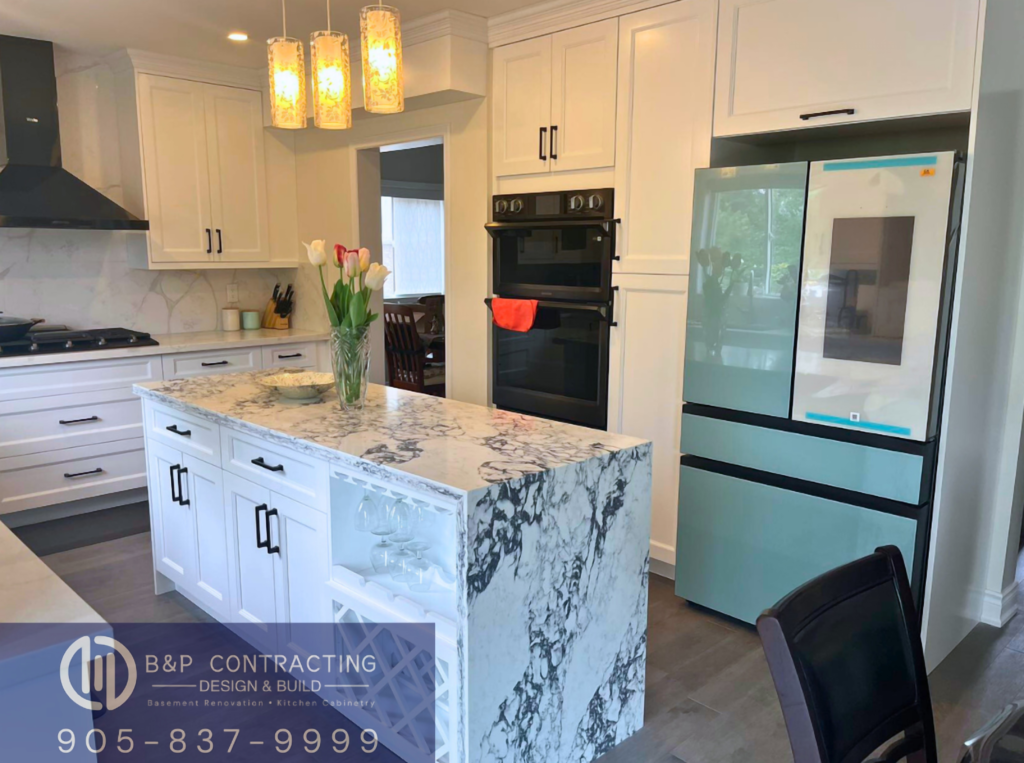Kitchen Cabinet Replacement:Signs,and Upgrading Tips

Maintaining a functional and appealing kitchen is a priority for every homeowner. The cabinets, integral to the kitchen’s functionality and aesthetics, endure daily use and wear. Understanding when to replace them can be crucial in preserving the heart of your home.
Top Signs Indicating Cabinet Replacement
- Water Damage: Prolonged exposure to moisture causes irreversible damage. Signs like warping, discoloration, or swollen cabinet surfaces indicate water damage, often necessitating replacement.
- Structural Weakness: Cabinets that feel “soft” or exhibit noticeable structural weaknesses suggest extensive damage, compromising their stability and functionality. Cosmetic fixes won’t address such issues effectively.
Mold Infestation: Mold growth poses a severe threat to both cabinet integrity and health. Unchecked mold can spread rapidly, leading to significant damage and health hazards for occupants
Bnpcontracting‘s Cabinet Experts’ Perspective: Our professional Durham-based cabinet experts emphasize the importance of assessing the extent of damage before embarking on restoration projects. Oftentimes, midway through restoration, homeowners realize that replacement would have been a more cost-effective and practical solution.
Choosing the Right Materials for Replacement Cabinets
Selecting the appropriate materials plays a pivotal role in the longevity and performance of new cabinets:
- Wood Types: Hardwoods like maple, cherry, or birch are durable and long-lasting. Consider their grain patterns, color variations, and overall aesthetics.
- Composite Materials: Engineered wood, laminates, or thermofoil offer cost-effective alternatives. Assess their durability, resistance to moisture, and suitability for your kitchen’s needs.
- Hardware and Accessories: Invest in high-quality hinges, drawer slides, and handles for longevity. Soft-close mechanisms and organizational accessories enhance functionality.
Professional Installation and Best Practices
A well-executed installation ensures the cabinets’ longevity and functionality:
- Seek Professional Help: Hiring experienced professionals for installation minimizes errors and ensures proper alignment, reducing the risk of premature wear.
- Proper Ventilation and Moisture Control: Ensuring adequate ventilation in the kitchen space helps prevent moisture buildup, extending the cabinets’ lifespan.
- Regular Maintenance: Implement routine inspections and maintenance to address minor issues promptly, preventing them from escalating.
Conclusion: Optimizing Your Kitchen’s Lifespan
Your kitchen’s cabinets are fundamental to its functionality and appeal. Recognizing signs of wear, understanding their lifespan, and making informed decisions regarding replacement or restoration are crucial for preserving your kitchen’s heart.
At Bnpcontracting our cabinet experts offer guidance on assessing cabinet conditions, selecting suitable materials, and ensuring seamless installations. By understanding these factors and acting promptly when necessary, you can ensure a long-lasting, functional, and aesthetically pleasing kitchen space for years to come.
